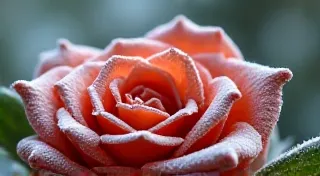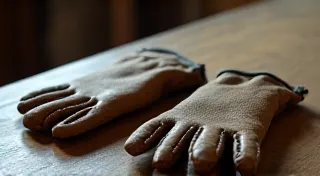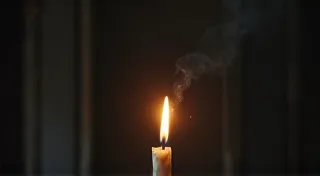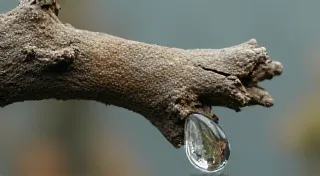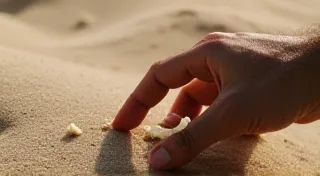Ephemeral Echoes: The Fading Voices of Knitters Past
Hold one in your hand, and you’re not just holding a tool. You’re holding a fragment of history, a whisper from a life lived, a testament to the enduring human need to create. Antique knitting needles – seemingly simple objects – are potent carriers of stories. They’re tangible links to the women (and yes, sometimes the men) who painstakingly crafted garments, blankets, and countless other textiles for their families and communities. They've witnessed births, deaths, and everything in between, silently absorbing the atmosphere of countless hearthsides. The patina, the wear, the subtle imperfections… these aren't flaws; they are the marks of time, the echoes of nimble fingers and focused concentration.
I remember finding my grandmother’s knitting needles tucked away in a dusty box in her attic. They weren't particularly ornate – just simple, bone needles – but the feel of them in my hand sparked an immediate connection. It was as if I could almost see her sitting by the window, the afternoon sun illuminating her hands as she knitted a warm, comforting sweater. She rarely spoke of her past, of the hardships she endured, but those needles felt like a direct line to her spirit, a silent conversation across generations. That feeling, that sense of inherited memory, is something I think many collectors and enthusiasts of antique knitting needles understand.
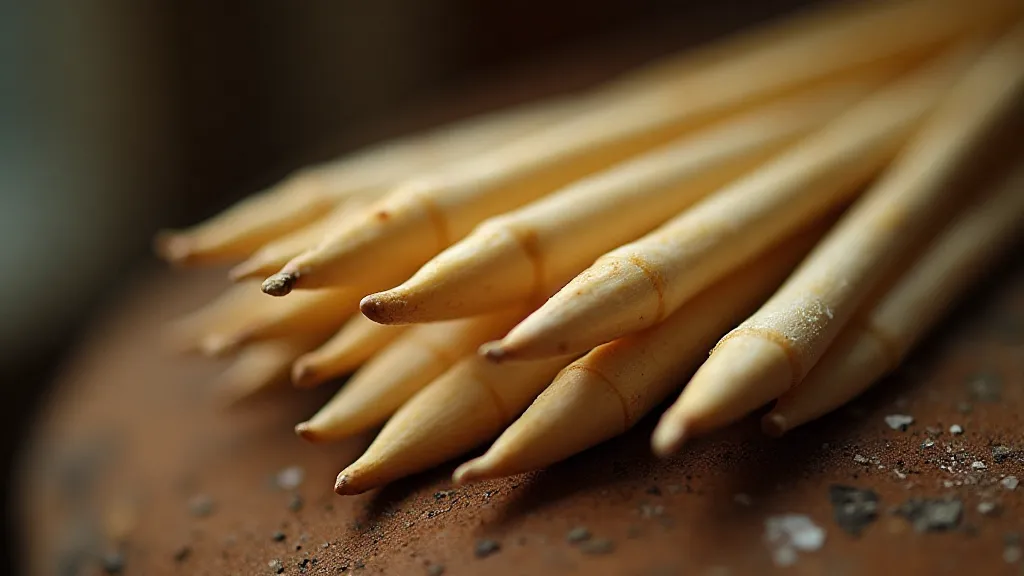
Materials: A Chronicle of Availability and Affection
The materials from which knitting needles were made are in themselves a fascinating reflection of historical context. Before the industrial revolution, knitting needles were most commonly crafted from readily available materials: bone (often from livestock, especially cattle), ivory (a luxury item), horn, wood (often cherry, maple, or birch), and occasionally metals like brass or steel. The quality of these materials varied greatly, and the skill of the craftsman determined the needle’s durability and functionality. Bone needles, while relatively common, exhibit a beautiful natural variation in color and texture. The grain of a wooden needle tells a story of the tree’s life, its rings a visual timeline of growth and resilience. Later, with the advent of mass production, metal needles – particularly steel – became increasingly prevalent, but many prized the warmth and feel of the older, more natural materials.
The shift in material choices also often correlates with changes in social status. Ivory needles, for example, were often owned by wealthier families, symbolizing both affluence and the ability to afford a rarer commodity. The care and attention given to these more valuable tools often resulted in beautifully carved handles, sometimes adorned with intricate floral patterns or personalized inscriptions – precious heirloom objects passed down through generations.
Craftsmanship and Design: Beyond Functionality
It wasn’t solely about practicality. While functionality was paramount, many antique knitting needles display a subtle elegance in their design. Bone needles might be carefully smoothed and tapered, while wooden needles sometimes feature hand-carved details. Even the simplest designs possess a certain artistry, a reflection of the maker’s eye for aesthetics. The shaping of the point, the balance of the needle in the hand, the subtle curve that aids in effortless movement – all these aspects were considered, demonstrating a deep understanding of the craft.
Look closely, and you’re likely to find signs of hand-finishing. A slight imperfection, a subtle variation in texture, a tiny chip – these are not mistakes; they are hallmarks of handcraftsmanship, evidence of a personal touch that is absent in mass-produced objects. These details elevate the needle from a mere tool to a cherished artifact.
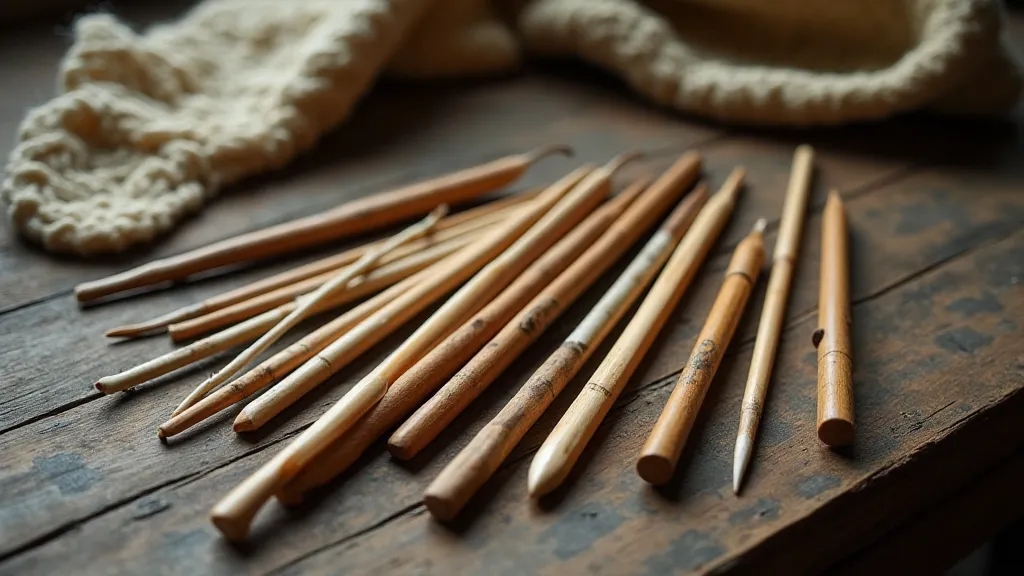
Identifying Key Characteristics: Age, Region, and Origin
Dating antique knitting needles can be challenging, but certain characteristics can provide clues about their age and origin. Early bone needles often have a more rudimentary construction, with less refined points and a simpler overall design. The presence of carved details or inscriptions can suggest a later period, particularly in wealthier households. Regional variations also exist; for example, needles from certain areas of Europe may exhibit distinctive carving styles or material choices.
Researching the history of knitting in different regions can also be incredibly helpful. Understanding the evolution of needle design and construction over time allows for more informed dating and identification. Antique needle collecting, like any other form of historical artifact study, benefits from meticulous observation and a willingness to delve into the nuances of a specific craft.
The Stories Woven Within: A Legacy of Connection
The survival of these antique knitting needles is a testament to their enduring value – not just as tools, but as tangible links to our past. They represent a time when knitting was often a vital part of daily life, a means of providing warmth, comfort, and a sense of community. They are silent witnesses to generations of knitters, each adding their own stitch to the fabric of history.
Holding one of these needles, feeling the smooth texture of the bone or wood, I am reminded of the countless hours spent in quiet concentration, the rhythmic click-clack of needles, the satisfaction of creating something beautiful and useful. They embody a sense of connection – to the past, to our ancestors, and to the enduring human spirit. The fading voices of knitters past may be muted by time, but their legacy lives on, woven into the very fabric of these cherished artifacts.
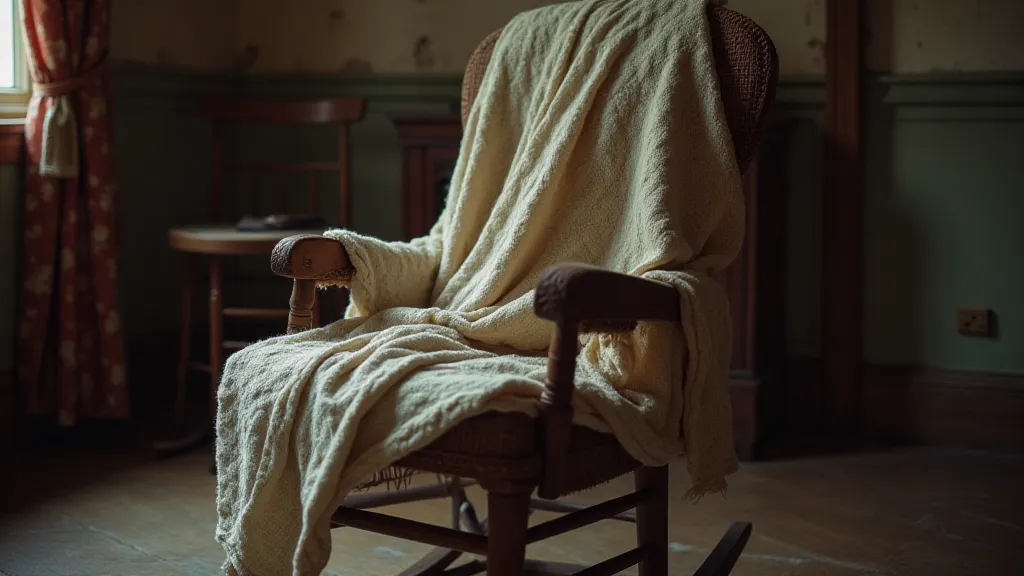
Preservation and Respect: Caring for a Legacy
While restoration is generally discouraged on items of significant age, gentle cleaning and proper storage are vital for preserving these treasures. Avoid harsh chemicals or abrasive materials. Simple dusting with a soft cloth is often sufficient. Storing needles in a protective pouch or container can prevent damage from scratches or impacts. Most importantly, handle these artifacts with respect, recognizing their historical significance and the stories they hold.
Ultimately, antique knitting needles are more than just crafting tools; they are vessels of memory, echoes of lives lived, and tangible connections to a rich and enduring heritage. They invite us to pause, to reflect, and to appreciate the beauty and ingenuity of those who came before us.

